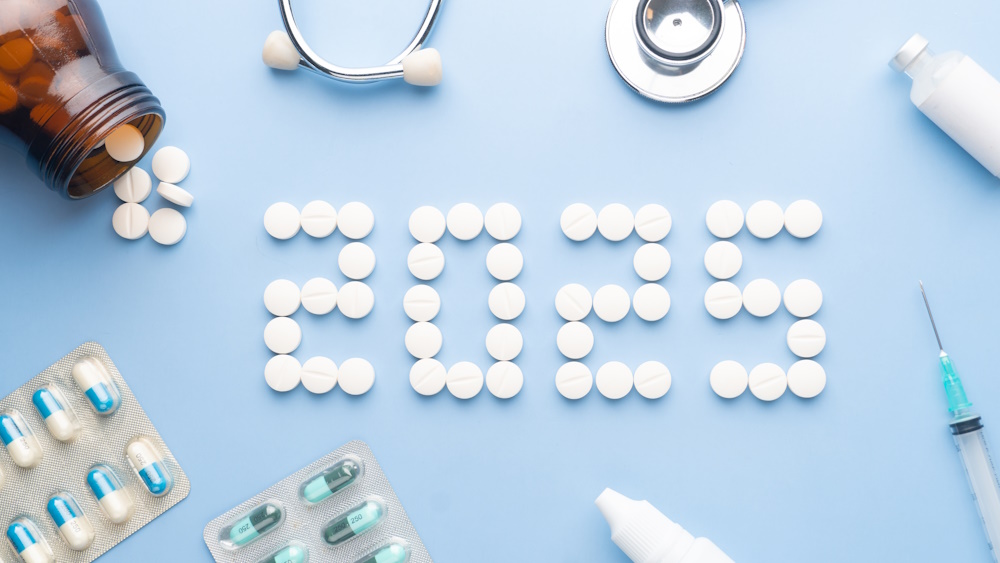
Detecting Breast Cancer Early Saves Lives
Pumpkin spice lattes and Halloween candy aren’t the only things October is known for. October is National Breast Cancer Awareness Month. The month of October is dedicated to educating women about early detection of breast cancer. Studies show that the earlier breast cancer is diagnosed, the easier it can be to treat.
While your OBGYN may do a breast exam during your annual visit, the only real expert on your body is you, especially if you are performing regular self-breast exams. Performing regular self-breast exams will help you get familiar with your breasts and to know what is normal and what isn’t. If you do detect something that isn’t quite right, you can call your doctor right away for a clinical breast exam and further diagnostic tests if needed.
How Often Should A Breast Self-Exam Be Performed?
Once A Month
Adult women of all ages are encouraged to perform breast self-exams at least once a month. Johns Hopkins Medical center states, “Forty percent of diagnosed breast cancers are detected by women who feel a lump, so establishing a regular breast self-exam is very important.”
While mammograms can help you to detect cancer before you can feel a lump, breast self-exams help you to be familiar with how your breasts look and feel so you can alert your health care professional if there are any changes.
How Should A Breast Self-Exam Be Performed?
1) In the Shower
Using the pads of your fingers, move around your entire breast in a circular pattern moving from the outside to the center, checking the entire breast and armpit area. Check both breasts each month feeling for any lump, thickening, or hardened knot. Notice any changes and get lumps evaluated by your healthcare provider.
2) In Front of a Mirror
Visually inspect your breasts with your arms at your sides. Next, raise your arms high overhead. Look for any changes in the contour, any swelling, or dimpling of the skin, or changes in the nipples. Next, rest your palms on your hips and press firmly to flex your chest muscles. Left and right breasts will not exactly match—few women’s breasts do, so look for any dimpling, puckering, or changes, particularly on one side.
3) Lying Down
When lying down, the breast tissue spreads out evenly along the chest wall. Place a pillow under your right shoulder and your right arm behind your head. Using your left hand, move the pads of your fingers around your right breast gently in small circular motions covering the entire breast area and armpit. Use light, medium, and firm pressure. Squeeze the nipple; check for discharge and lumps. Repeat these steps for your left breast.
So don’t be shy, or afraid. Getting to know your body is the best way to detect changes early and increase the effectiveness of treatment.







